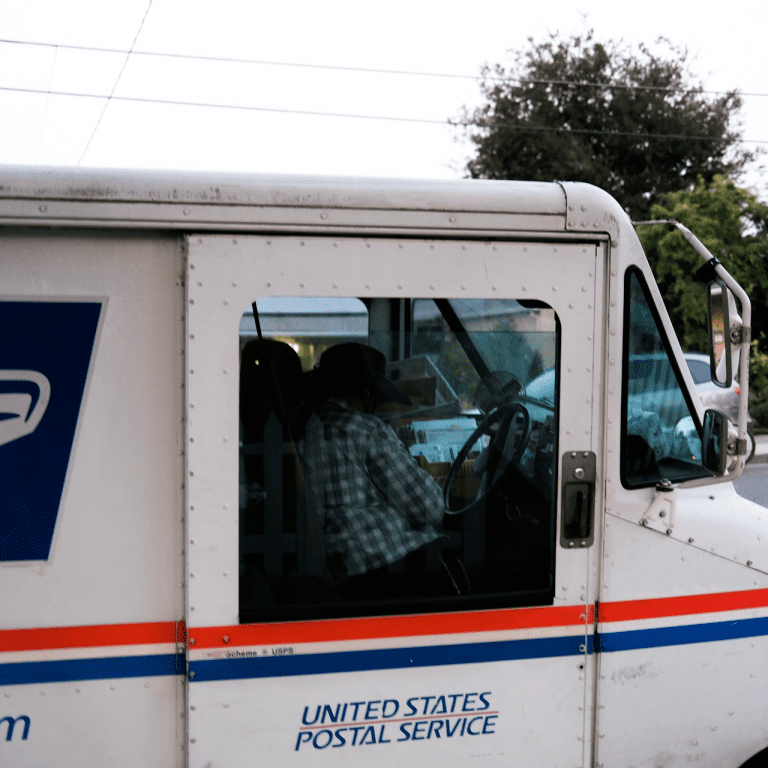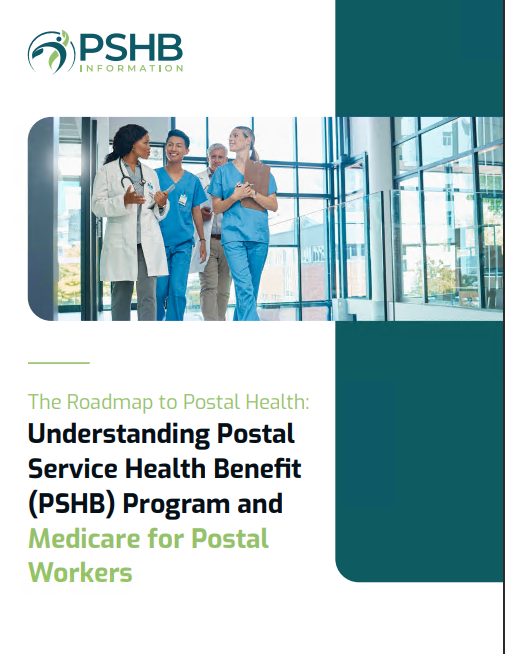Key Takeaways
-
PSHB copayments in 2025 may vary widely depending on the plan, type of service, and whether you’ve enrolled in Medicare Part B.
-
Understanding the PSHB plan structure, including copays for common services like primary care, specialists, and prescriptions, is essential to avoid unexpected costs.
What Copayments Mean in the PSHB Program
As a United States Postal Service (USPS) employee or retiree, you’ve likely heard about the transition from the Federal Employees Health Benefits (FEHB) Program to the new Postal Service Health Benefits (PSHB) Program. One of the major changes you’ll face in 2025 is how cost-sharing works—particularly when it comes to copayments.
Copayments, or “copays,” are fixed amounts you pay for certain health services, typically at the time of care. These costs can feel minor individually but add up significantly over time. That’s why knowing what you’re responsible for in the PSHB program helps you better plan and budget for your healthcare.
The Role of Medicare in Your Cost Sharing
If you’re a Medicare-eligible retiree, your enrollment in Medicare Part B directly affects your PSHB copayments.
-
If you’re enrolled in Medicare Part B, many PSHB plans reduce or waive copayments for specific services.
-
If you’re not enrolled, you may be subject to higher copayments and other cost-sharing obligations.
This distinction became especially important after January 1, 2025, when many Medicare-eligible annuitants and family members were required to enroll in Part B to maintain full PSHB benefits, unless exempt under specific conditions.
Typical Copayment Categories You’ll Encounter
Copayments in PSHB plans fall into several categories depending on the service you receive. In 2025, here are the main ones you should prepare for:
1. Primary Care Visits
-
Copayments for in-network primary care range from moderate to low.
-
Without Medicare Part B, you’ll pay more out-of-pocket for each visit.
2. Specialist Visits
-
Visits to specialists usually come with a higher copay than primary care visits.
-
Having Medicare Part B often results in reduced specialist visit copays.
3. Urgent Care and Emergency Services
-
Urgent care usually has a mid-level copay.
-
Emergency room services often carry the highest copay among outpatient visits.
-
Medicare coordination can lower or eliminate these costs.
4. Prescription Drugs
-
Copayments depend on the drug tier: generic, preferred brand, non-preferred brand, or specialty.
-
Medicare-eligible enrollees automatically receive prescription drug coverage through a Part D Employer Group Waiver Plan (EGWP).
-
The EGWP integration includes a $2,000 annual out-of-pocket cap and a $35 insulin cap starting in 2025.
5. Preventive Services
-
These are generally covered at no additional cost when received in-network.
-
Examples include cancer screenings, immunizations, and wellness visits.
Medicare Part B Enrollment and Copayment Reduction
If you’re not yet enrolled in Medicare Part B and you’re eligible, doing so now may reduce your future copayments significantly. The 2025 PSHB structure offers:
-
Lower or waived copays on hospitalizations
-
Reduced outpatient care copayments
-
Minimized prescription drug expenses due to EGWP coordination
However, if you retired on or before January 1, 2025, and are not enrolled in Part B, you’re exempt from the mandatory requirement—but you won’t benefit from lower copays unless you opt in voluntarily.
Exemptions from Medicare Part B Enrollment
Certain individuals are not required to enroll in Medicare Part B to maintain PSHB coverage. As of 2025, these include:
-
Retirees who retired on or before January 1, 2025, and are not currently enrolled in Part B
-
Employees who were age 64 or older as of January 1, 2025
-
Individuals living abroad
-
Beneficiaries who receive care through VA or Indian Health Services
If you qualify for an exemption, you can retain PSHB coverage without Medicare—but copayment amounts will likely be higher.
Factors That Influence Your Copayments
PSHB copayments are not one-size-fits-all. Several elements will affect what you owe:
-
Plan Choice: Each PSHB plan has its own structure and copayment tiers.
-
Medicare Coordination: Your enrollment in Part B determines access to reduced cost-sharing.
-
Network Usage: Staying in-network generally keeps copays lower.
-
Service Type: Specialist, emergency, and high-cost drug services carry higher copays.
-
Out-of-Network Services: These services often involve higher or even full costs without plan coverage.
Annual Caps and Maximums to Know
While copayments can accumulate quickly, PSHB plans in 2025 include out-of-pocket maximums that help you control costs.
-
In-network annual out-of-pocket maximums typically range from $7,500 for Self Only to $15,000 for Self Plus One and Self & Family.
-
Once you hit your plan’s maximum, the plan pays 100% of covered services for the rest of the year.
These caps do not include premiums but apply to copays, coinsurance, and deductibles.
Pharmacy Cost-Sharing in 2025
Prescription drug copays are one of the most important areas of cost-sharing in the PSHB Program. With EGWP coverage in effect for Medicare-eligible members:
-
The $2,000 annual out-of-pocket cap resets every January.
-
Once you reach the cap, you no longer pay copays for covered drugs.
-
Insulin copayments are capped at $35 per month.
For those not enrolled in Medicare Part B, prescription costs may follow the traditional FEHB-tiered copay model without the added savings from EGWP.
Out-of-Network Services: Higher Costs Apply
If you seek care outside your plan’s network, you can expect significantly higher copayments—or even full charges for certain services. While some PSHB plans offer partial reimbursement for out-of-network care, these are generally:
-
Subject to separate deductibles
-
Tied to higher copayments or coinsurance rates
-
Excluded from out-of-pocket maximum calculations in some cases
To avoid surprises, always verify provider participation before scheduling appointments.
Additional Copayment Considerations in PSHB
As you continue your coverage in 2025, keep these other copayment-related factors in mind:
-
Telehealth Visits: Often carry a lower copayment, especially if in-network
-
Lab Work and Imaging: May require copayments or coinsurance
-
Rehabilitation and Therapy Services: Copays can vary based on frequency and type of therapy
-
Durable Medical Equipment: Often involves coinsurance rather than copays, but the cost-sharing structure still applies
Staying proactive and reviewing your plan brochure carefully each year will help you understand how each service is billed.
Know Before You Owe
Understanding PSHB copayments in 2025 is more than just knowing what you’ll owe—it’s about protecting your retirement budget. Whether you’re an active USPS employee evaluating your plan options or a retiree managing fixed income, knowing the fine print on copayments helps you make informed decisions.
For personal assistance tailored to your situation, reach out to a licensed agent listed on this website for expert guidance on your PSHB plan options.









